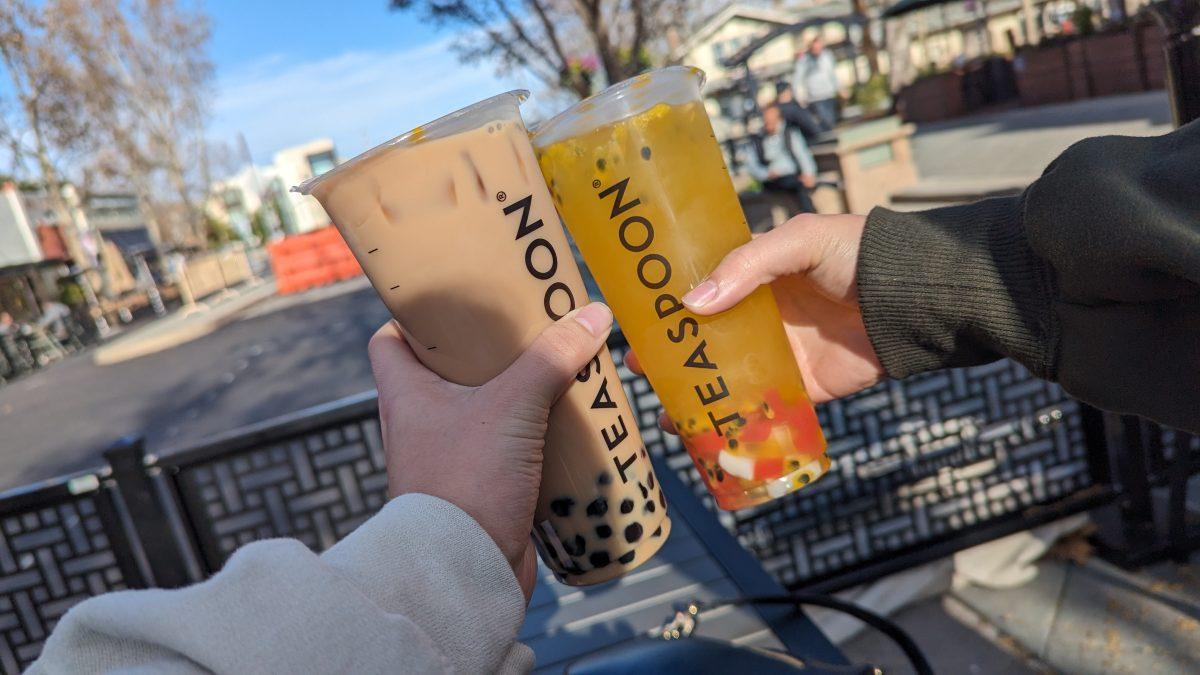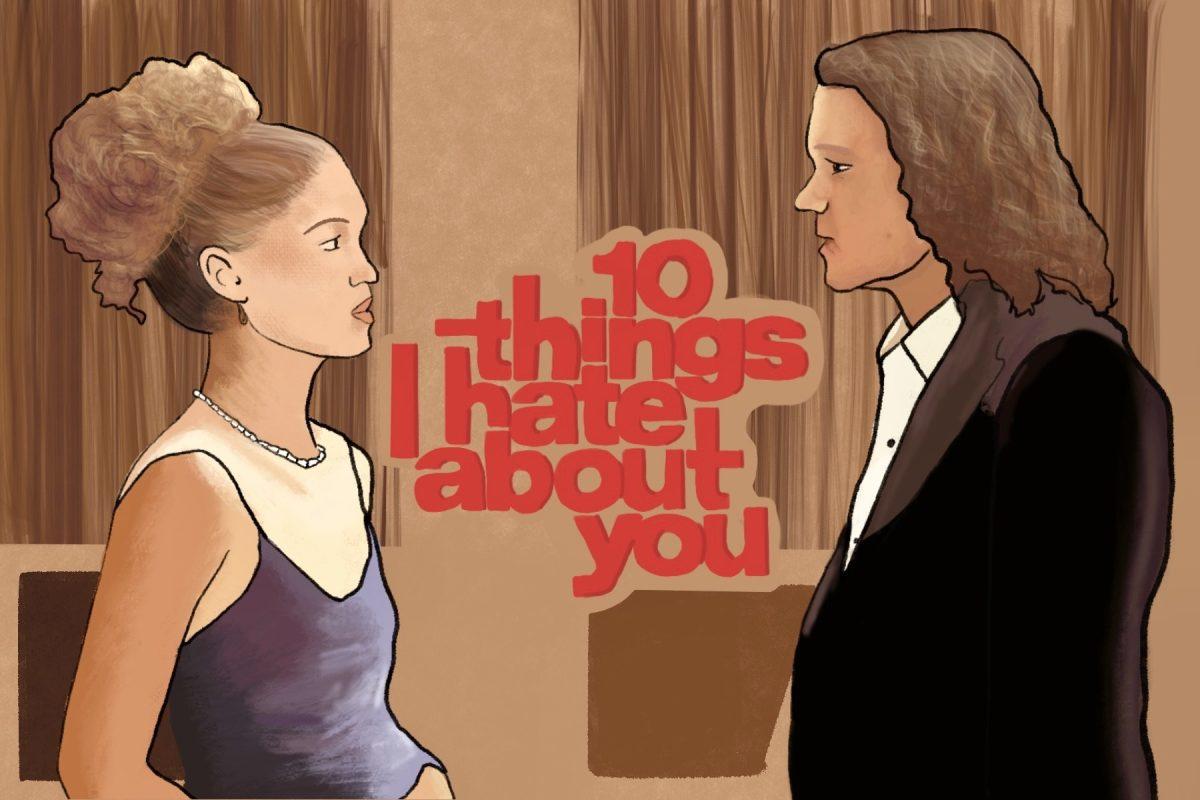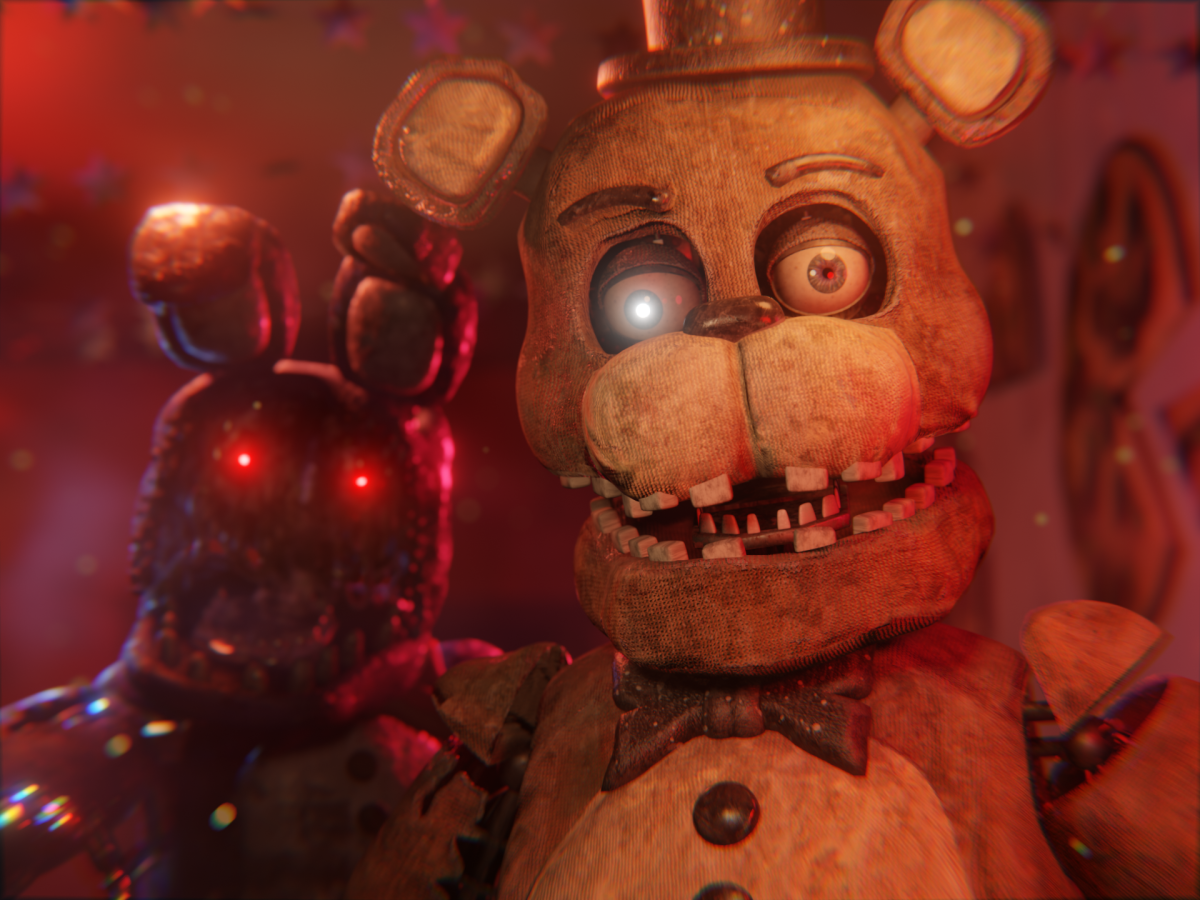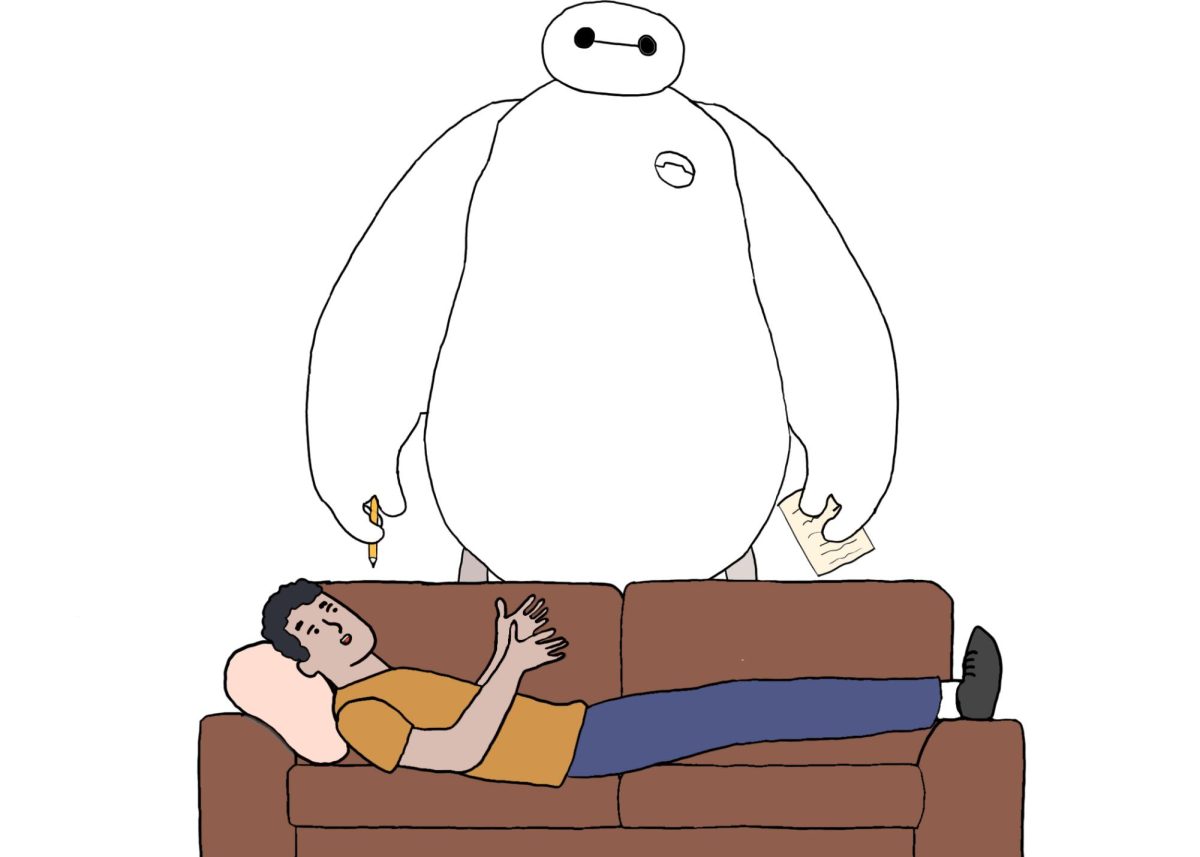by Aiden Olsen (’24) | March 22, 2024
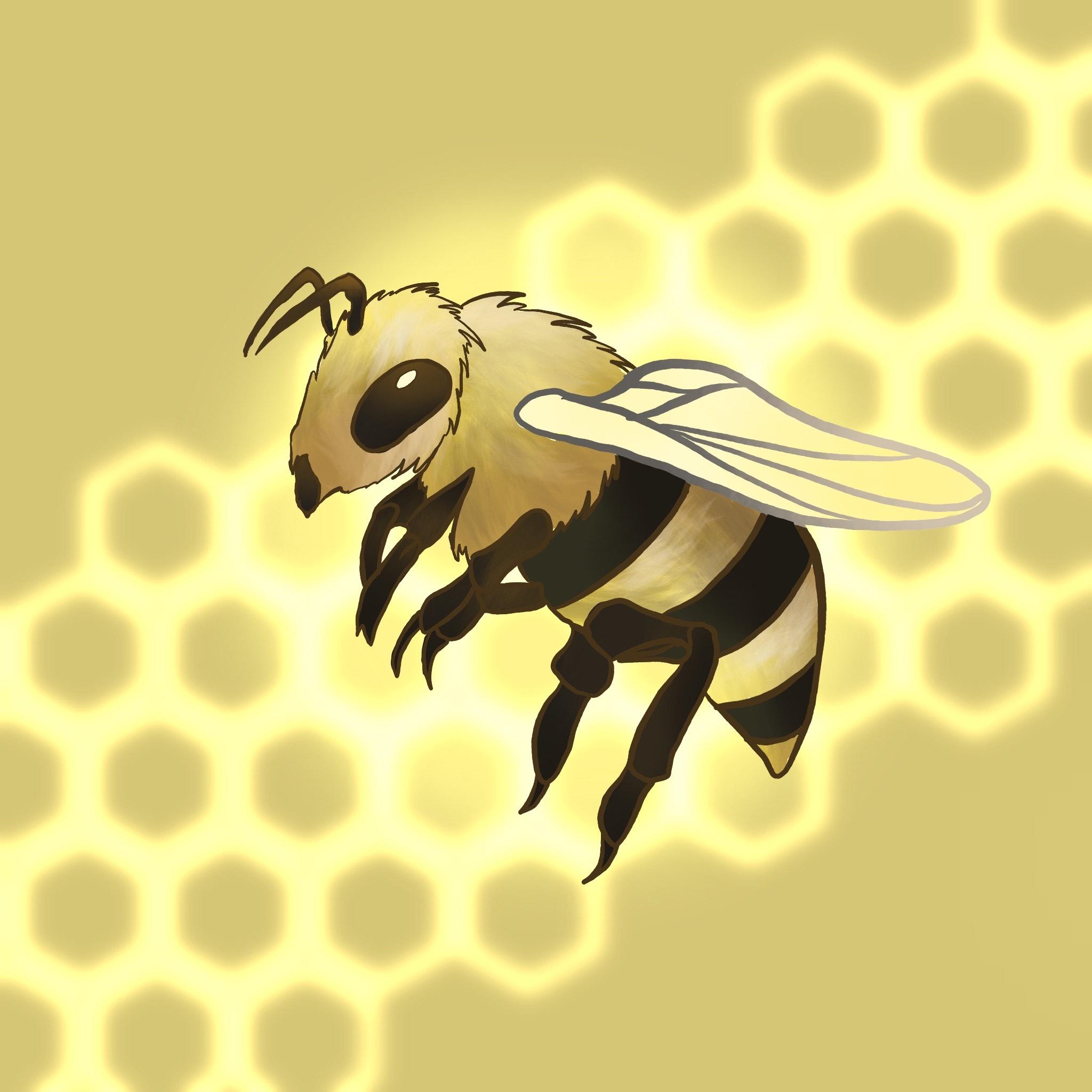
A figure covered in a sealed canvas suit with thick gloves stands over a large box. Smoke fogs through his screened peripheral vision. Hundreds of creatures swirl around him. For over twenty years, Art Hall has been participating in a practice that originated in Ancient Egypt and one that contributes billions of dollars to the US economy: beekeeping. Hall has saved hundreds of beehives throughout the Bay Area, capturing wild beehives and transplanting them into domesticated hives.
By no means is this an easy feat; Hall has found himself inside a jet engine, ascending a skyscraper, and opening up a funeral casket to relocate hives. In the relocation process, he extensively searches for the queen bee and puts her inside a small contraption where her colony will follow. Most notably, he recalls removing 17 wild hives from Stanford University’s architecture archive. “We had an architecture archive so I could not drill a hole without the architectural archivists. It was a four-story building. The bees had 14 years to build their colony… I had to figure out ways to get the bees out of the building without touching the building,” explained Hall.
The Bay Area is primarily composed of residential homes which heavily contrast the rural landscape that bees are accustomed to. Thus, bees are disoriented while foraging around homes and consume pesticides from home gardens. “Stop spraying Roundup!” Hall urges, noting bee cognitive dissonance, a byproduct of pesticides that continue to stain the ecological community. To prevent this decline, he recommends that the public plant pollination beds, which bloom in all seasons, and wait to mow weeds until after they bloom, both of which benefit other insects as well.
There are also innovation opportunities within Silicon Valley to preserve the honey bee population. Being so concentrated on engineers, “[local] universities are much more likely to give funding for bee disease research and insecticide interactions,” explained Hall.
Living in a community where there is less emphasis on wildlife education, he constantly witnesses bees being mistaken as yellow jackets. “Incorrectly identifying a pest underneath the eaves of a four-story building as yellow jackets, they can stand on the ground and spray four stories up. They hit the nest and it starts to rain honeybees,” describes Hall. Thus, Hall provides an educational program for pest control companies explaining what to do in case a wild hive swarms to prevent accidental extermination.
As the number of wild hives continues to decline and it becomes more difficult for wild hives to thrive on their own, domestic hives are the only solution to prevent population collapse. “The only thing that is keeping European honey bees, which are invasive, alive is the fact that beekeepers are willing to treat the parasites and the diseases that have also been imported,” explains Hall. Honey bee pollination is responsible for two-thirds of crops, that, if gone, would send food systems into collapse. While this niche hobby may have initially seemed insignificant, Hall is beecoming a savior of our local Bay Area ecosystem.





































































